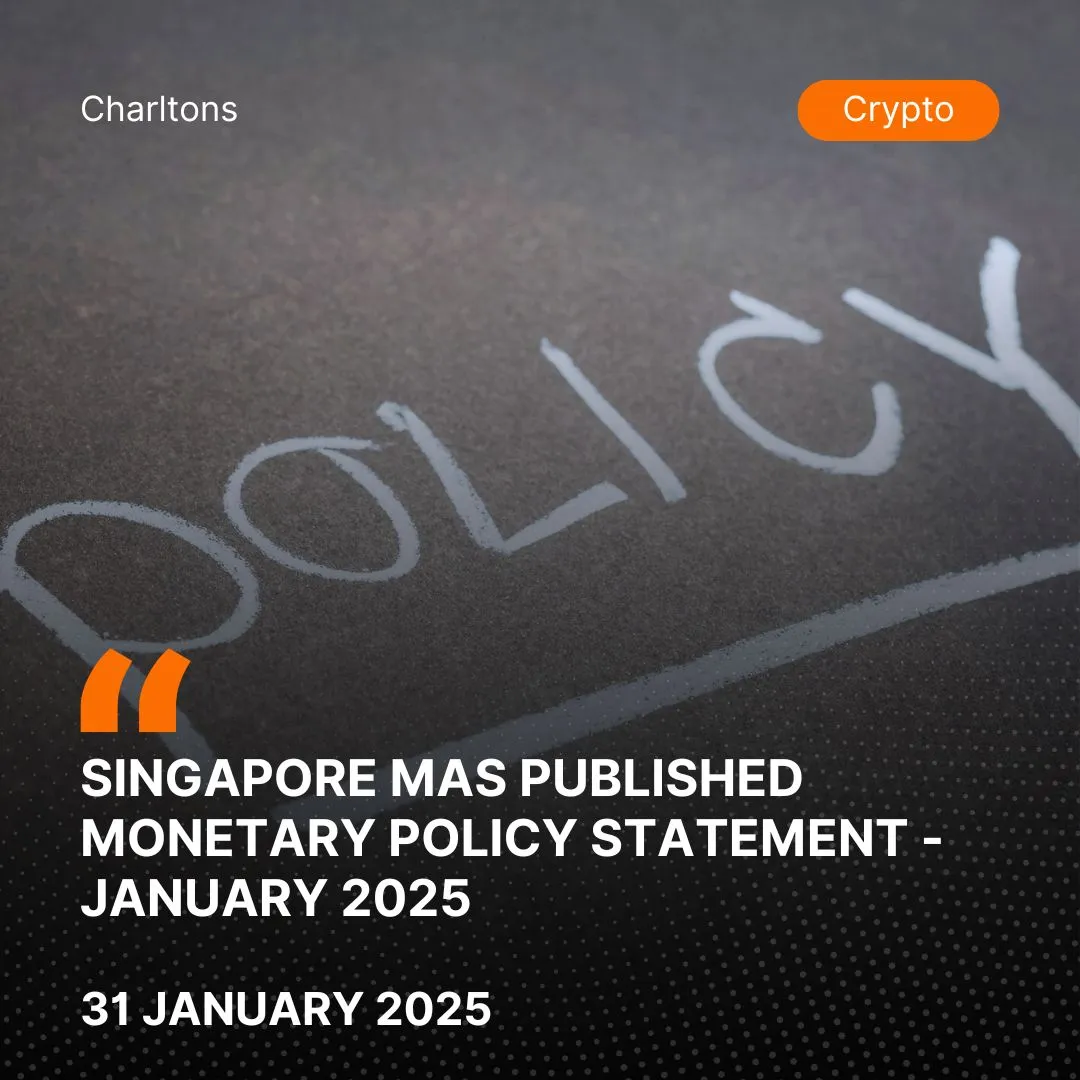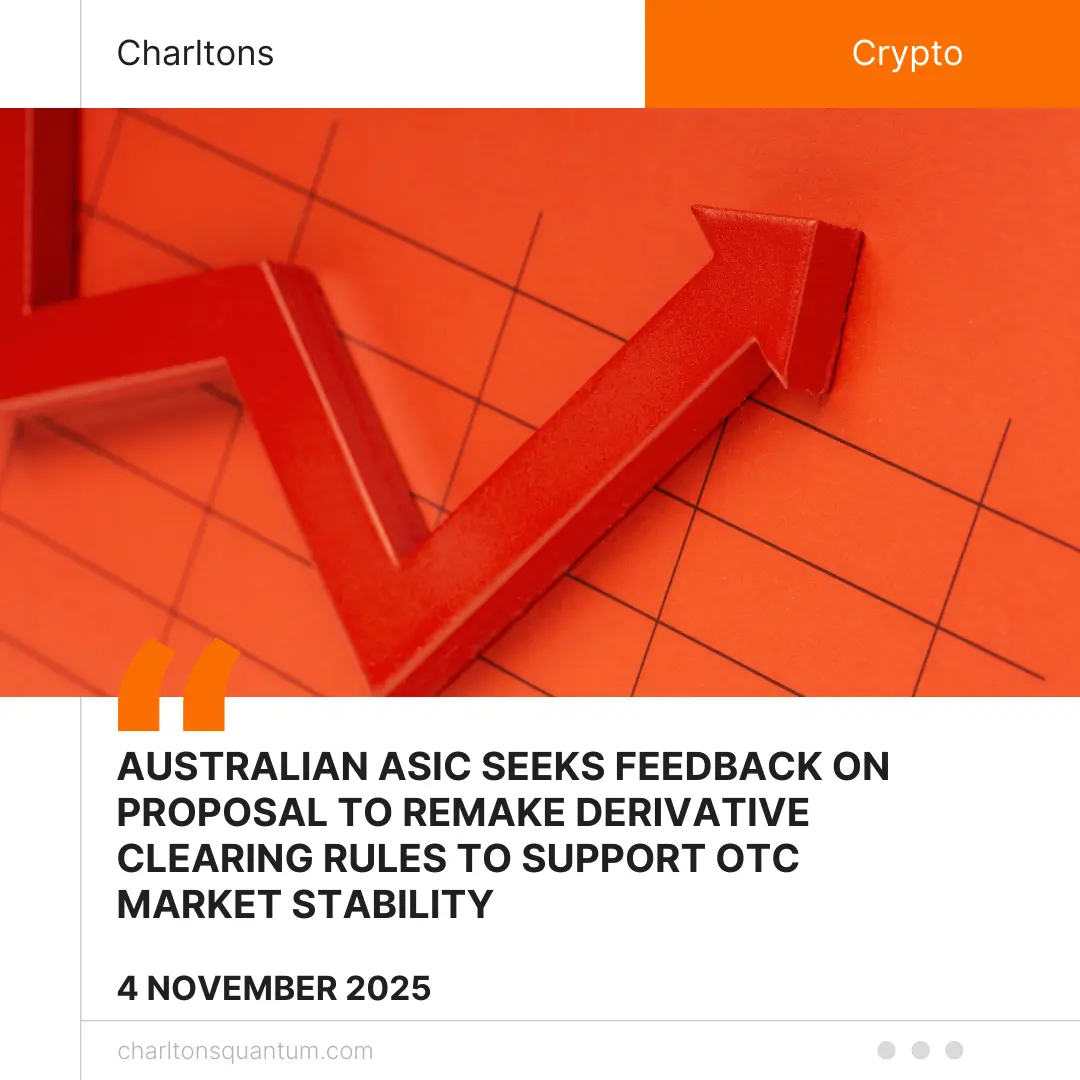
On 24 January 2025, the Monetary Authority of Singapore (MAS) announced a slight reduction in the slope of the Singapore dollar nominal effective exchange rate (S$NEER) policy band, as part of its MAS Monetary Policy Statement – January 2025. The decision was taken in response to slowing economic momentum and a sharper-than-expected moderation in core inflation. The adjustment aims to ensure medium-term price stability while supporting economic conditions amid evolving global trade dynamics and financial tightening.
MAS stated that the Singapore economy grew at a slower pace in the fourth quarter of 2024, following a stronger-than-expected expansion in the previous quarter. Economic growth is projected to moderate further in 2025 due to shifts in global trade policies and external uncertainties. Inflationary pressures have eased, with MAS Core Inflation stepping down to 1.9% year-on-year in the fourth quarter of 2024, lower than the earlier estimate. The revised outlook for 2025 now projects core inflation to average between 1.0% and 2.0%, reflecting subdued business cost pressures and stable imported prices. Given these conditions, MAS has adjusted its monetary policy by slightly reducing the slope of the S$NEER policy band while keeping its width and centre unchanged.
Singapore’s monetary policy is unique in its use of the exchange rate rather than interest rates as the primary tool for managing inflation and economic stability. MAS manages the S$NEER within a policy band, adjusting the slope, width, and centre of the band as needed. The last policy review in October 2024 maintained the existing appreciation path, but since then, the Singapore dollar has eased against the US dollar amid broader US dollar strength while continuing to appreciate against other currencies in the S$NEER basket.
The decision to make a slight adjustment to the slope of the policy band reflects a changing economic landscape. Singapore’s economy saw stronger-than-expected performance in the second half of 2024, largely driven by trade-related sectors and financial services. However, global financial conditions have tightened, with trade policy frictions and inflation risks weighing on future growth prospects. While private consumption in advanced economies has remained resilient, global manufacturing and trade activity are expected to normalise, which could slow overall growth in 2025.
Between October and December 2024, Singapore’s economy grew by 0.1% on a quarter-on-quarter seasonally adjusted basis, following a 3.2% expansion in the third quarter. The stronger second-half performance was attributed to the trade-related and financial services sectors, but growth is projected to moderate over 2025. The Ministry of Trade and Industry (MTI) has forecast GDP growth of between 1.0% and 3.0% for 2025, down from 4.0% in 2024, as external demand conditions weaken.
Inflation has also moderated more quickly than expected. MAS Core Inflation declined to 1.9% year-on-year in the fourth quarter of 2024, compared to 2.7% in the third quarter. The seasonally adjusted three-month core inflation rate remained close to an annualised 1.0% for most of the second half of 2024. Excluding the impact of the Goods and Services Tax (GST) hikes, core inflation is estimated to have fallen below 1.5% year-on-year in the fourth quarter. The decline was broad-based, with consumer price increases easing across various goods and services.
Looking ahead, MAS expects core inflation to remain contained at an average of 1.0% to 2.0% in 2025, lower than the 1.5% to 2.5% projected in the October 2024 statement. This is due to stable business costs, moderate global oil prices, and favourable supply conditions in key food markets. While trade tensions could exert inflationary pressures in some regions, weaker global demand is expected to offset these effects. Domestically, unit labour cost increases are projected to ease as wage growth stabilises and productivity improves. Government subsidies on public healthcare, pre-school education, and public transport will also help moderate essential service inflation.
Given the economic and inflation outlook, MAS has decided to reduce slightly the slope of the S$NEER policy band while keeping its width and centre unchanged. The monetary policy adjustment takes effect immediately, with MAS continuing its regular assessments of economic developments. The next monetary policy review is expected in April 2025, where further adjustments could be considered depending on economic conditions at that time.
(Source: https://www.mas.gov.sg/news/monetary-policy-statements/2025/mas-monetary-policy-statement-24jan25)





